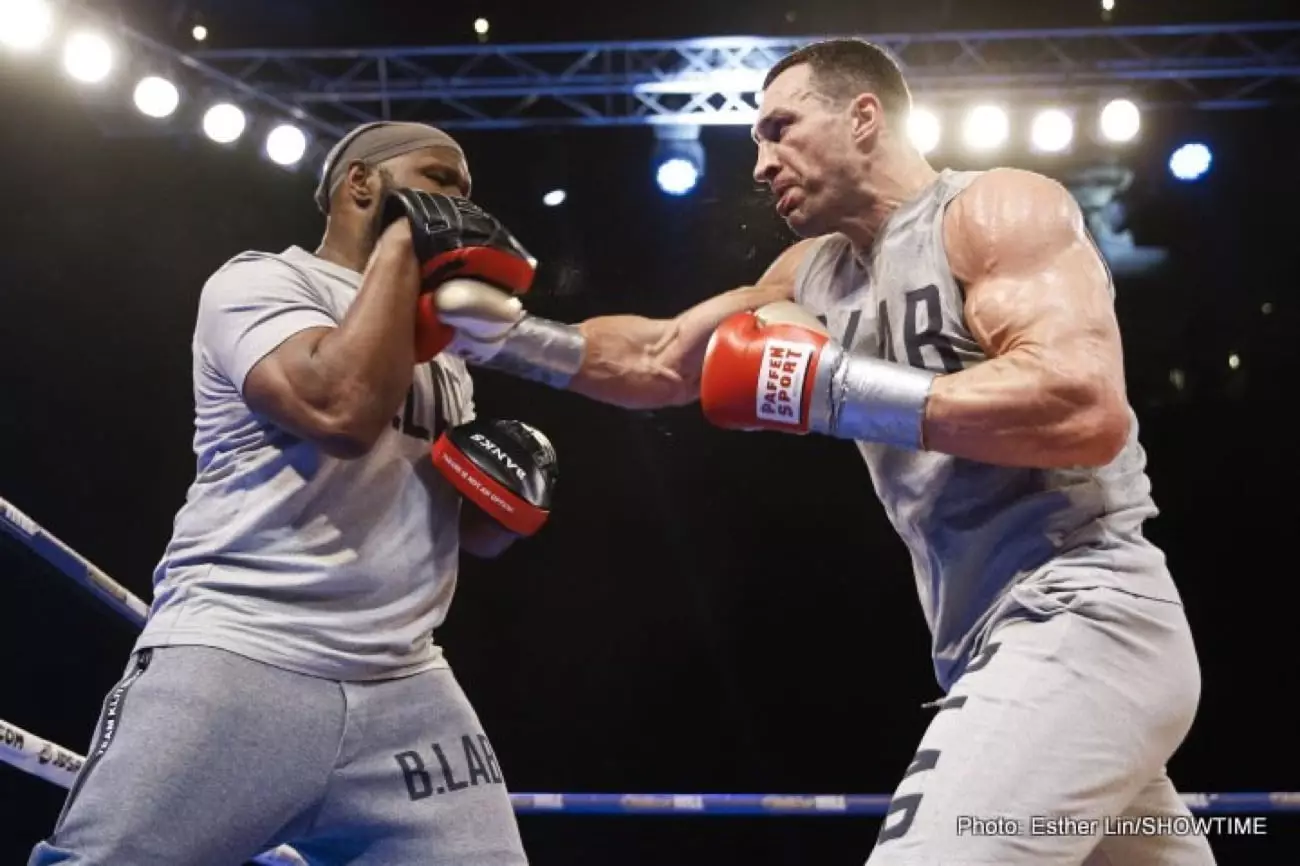The boxing world is buzzing with exciting rumors about a potential rematch between Tyson Fury and Wladimir Klitschko. His Excellency Turki Alalshikh has expressed a vested interest in making this dream match a reality in 2025, contingent upon Fury’s triumph over Oleksandr Usyk, the current unified heavyweight champion, in their highly-anticipated rematch scheduled for December 21st. If Fury emerges victorious, he would hold significant influence over the heavyweight division, but a loss might reshape the trajectories of both fighters surpriseingly.
As of now, Wladimir Klitschko is approaching his 49th birthday next May but appears to be in remarkable physical condition, arguably better than the younger Fury. The former champion’s muscularity and overall health seem at odds with his impending milestone age. While Klitschko’s gray hair might give him away, a closer look reveals that both fighters share a similar aesthetic age, but with one stark difference: the physical prowess of Klitschko seems far superior. This raises questions about perceptions of athleticism in heavyweight boxing, where power and conditioning can outweigh sheer youth.
Klitschko’s surprising fitness and readiness draw attention to the heavyweights’ aging phenomenon—where athletes can remain competitive well into their later years if they maintain a rigorous training regimen. This could symbolize a shifting narrative in boxing, where older fighters can still contend with their younger rivals if they possess the right mental and physical fortitude.
Tyson Fury’s victory over Wladimir Klitschko on November 28, 2015, in Dusseldorf marked a significant turning point in his career. It not only solidified his reputation as a world-class fighter but also transformed him from a once-controversial figure in the heavyweight division into a beloved champion. However, as impressive as that victory was, it’s worth analyzing the circumstances surrounding it.
Fury’s win was more reflective of Klitschko’s waning aggression than of Fury’s tactical prowess. The fight was characterized by a lack of decisive action from Klitschko, who seemed hesitant and unable to unleash his substantial punching power. This raises concerns about Fury’s legacy—can he be seen as an all-time great when his most notable victory came against a fighter who was past his prime and struggling to find his rhythm?
The path leading to a rematch between Fury and Klitschko is strewn with uncertainties, especially regarding Fury’s ability to overcome Oleksandr Usyk, a sophisticated boxer with an impressive skill set. If Fury succeeds in this next bout, the boxing community will undoubtedly scramble for the implications of his potential title defense—or the lack thereof if he loses. Alalshikh’s ambition for Klitschko to become the oldest heavyweight champion in history is a long shot; if Fury doesn’t retain any titles, it could realistically end any prospects for a Klitschko comeback to the championship scene.
Among the contenders waiting for the result are fighters like Daniel Dubois and Anthony Joshua, who are also eyeing their own shot at the heavyweight crown. Alalshikh emphasizes the popularity of a Fury-Klitschko rematch, expressing the broad enthusiasm for reliving a nostalgic duel from 2015. The emotional weight of revisiting that historic fight speaks volumes about its significance in heavyweight boxing history.
Turki Alalshikh’s dream of reuniting Fury and Klitschko in the ring speaks to a universal longing in sports—a desire to see the legends of the past rekindle old rivalries and prove their mettle in an era that is constantly reshaping itself. But as age catches up with fighters, the realities of their physical abilities must be taken into account. While many fans hope for a glorious revival, it is essential to consider the strategic nuances that have evolved in boxing.
The prospect of Fury facing Klitschko again not only raises compelling questions of legacy and athleticism but also challenges us to examine the standards by which we judge champions. A rematch could be a chance at redemption—or simply a nostalgic trip down memory lane. The boxing world continues to hold its breath in anticipation, as the outcomes of the upcoming bouts could turn the landscape upside down in a sport where every round counts.

